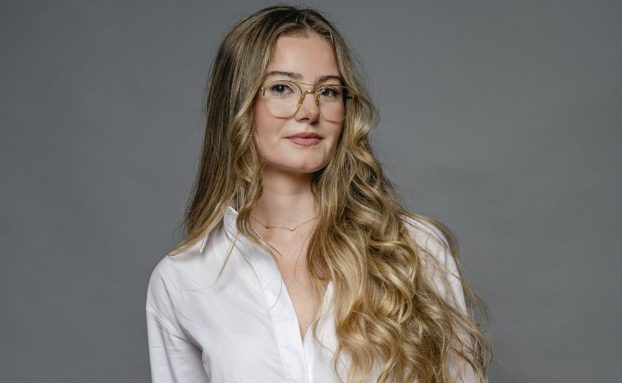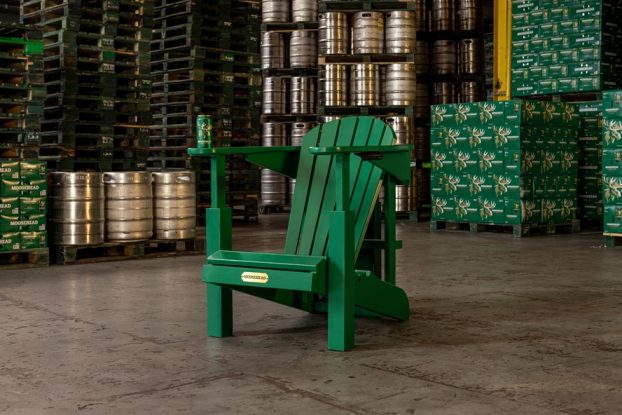Self-described retail environment ‘spy’ Paco Underhill says it’s time retailers stopped playing poor stepchild to marketing executives and started taking more of the credit – and the responsibility – for purchasing decisions made by consumers.
It’s not that Underhill doesn’t respect traditional marketers. It’s just that the former urban geographer and founder of point-of-sale research firm Envirosell has spent 17 years spying on consumers in-store. And quite simply, Underhill says that a store’s physical environment plays a much bigger part in a consumer’s purchasing decision than any 30-sec. spot could ever dream of playing.
‘I find it almost ludicrous in 1997 to think that some marketing man in Toronto or Montreal…or at Procter & Gamble in Cincinnatti somehow has a beeline to my pocketbook. It just ain’t so.’
Underhill was speaking to members of the International Council of Shopping Centers at their annual Canadian convention in Toronto a few weeks ago.
A self-described ‘refugee from the world of academia’ (he was a professor of environmental psychology), Underhill uses research techniques similar to those used in urban anthropology to try to seek patterns and meaning in the way people interact with their environment.
Remaining virtually invisible is key and thus leads to the ‘spy’ reference. As Underhill told the audience: ‘I am probably the only person in this room happy to spot shoplifting.’ The fact that thieving takes place under the sharp gaze of his company’s cameras and trained ‘trackers’ – who follow targeted shoppers around the store – means that Envirosell is getting as honest and unbiased a picture of how people shop as possible.
Last year, Envirosell taped over 20,000 hours of footage – ‘Some of the most profoundly boring videotape you’ve ever seen’ says Underhill – for clients as diverse as Blockbuster Entertainment, the Gap and Hewlett-Packard.
Underhill showed segments of this footage to the audience, stopping the tape now and again to present his theories as to what was happening in a particular situation – and why.
For example, footage of crowded aisles in a department store led Underhill to explain Envirosell’s ‘bum-brush theory’ wherein the chance of a purchase being made by a shopper is inversely proportional to whether his or her buttocks are accidentally ‘brushed’ by passersby. Human beings don’t like being touched in that general area, he says, and will leave without buying if they are. By simply moving displays that necessitate longer consideration (ties, cosmetics, etc.) to areas that see less traffic, retailers will experience higher sales, says Underhill.
Over tape of bustling store entrances, Underhill pointed out to the mall owners and retailers present that people don’t amble across parking lots into stores. They move as quickly as possible and they don’t break their stride until a good 10-25 paces into the store. And yet, he said, some of the most important support material – circulars, shopping baskets and store maps – are put right inside a store’s doorway, as if people are sauntering in.
Underhill also showed the audience plenty of footage of women in drugstore cosmetics aisles struggling to reach – or bending down to examine – product. He says that the only people who should have to get on their knees for makeup are teenagers and, if drugstores continue ignoring their aging customers’ needs, they will suffer.
Underhill says there are three trends driving the necessity to ‘give good store’ (by altering the relationship between design, merchandising and operations in-store).
First, the aging population. Consequently, he says, in-store signage should be clear and easy to read.
Second, the loss of prejudice against bargain retailers. ‘There are women who shop Neiman Marcus in the morning who will shop Wal-Mart in the afternoon,’ he says. The quality of people that discount superstores are able to attract is a modern phenomenon, he says. People are not ashamed to admit that they have got a bargain.
The final trend that will alter the shopping experience is what Underhill calls the ‘Xena (tv warrior) phenomenon.’ More North American women work out of the home than ever before and this should affect marketing strategies. And, while more men are doing the family grocery shopping, more women are making the big purchases.
‘It’s no coincidence that there’s a makeup mirror on the driver’s side of the Jeep Cherokee today,’ says Underhill. Yet he says that auto aftermarket shops, for example, still market exclusively to men.
Ultimately, Underhill says marketers and retailers have to remind themselves, time and again, that their target market is fairly satiated – ‘There’s not a lot we actually need,’ he says – and they are no longer competing just within their sector. ‘The money that’s spent at Victoria’s Secret on lingerie can be spent anywhere,’ he says.
And that, according to Underhill, is the key. No matter what advertising has done to influence the purchase decision, the last contact with the consumer is on the floor of the store and, it’s there that people will make the decision to buy – or not.
Underhill ended his presentation by pointing out to the audience what a lingerie store and a computer superstore have in common. He says while both kinds of stores target one gender specifically, they are often guilty of ignoring the other – and this is a mistake.
The reason, according to Underhill? As soon as a man enters a lingerie store, he becomes a ‘buyer’ and he should be served right away. The same holds true for women in a computer store. Yet so often both of these groups are ignored in favor of the so-called target market.























